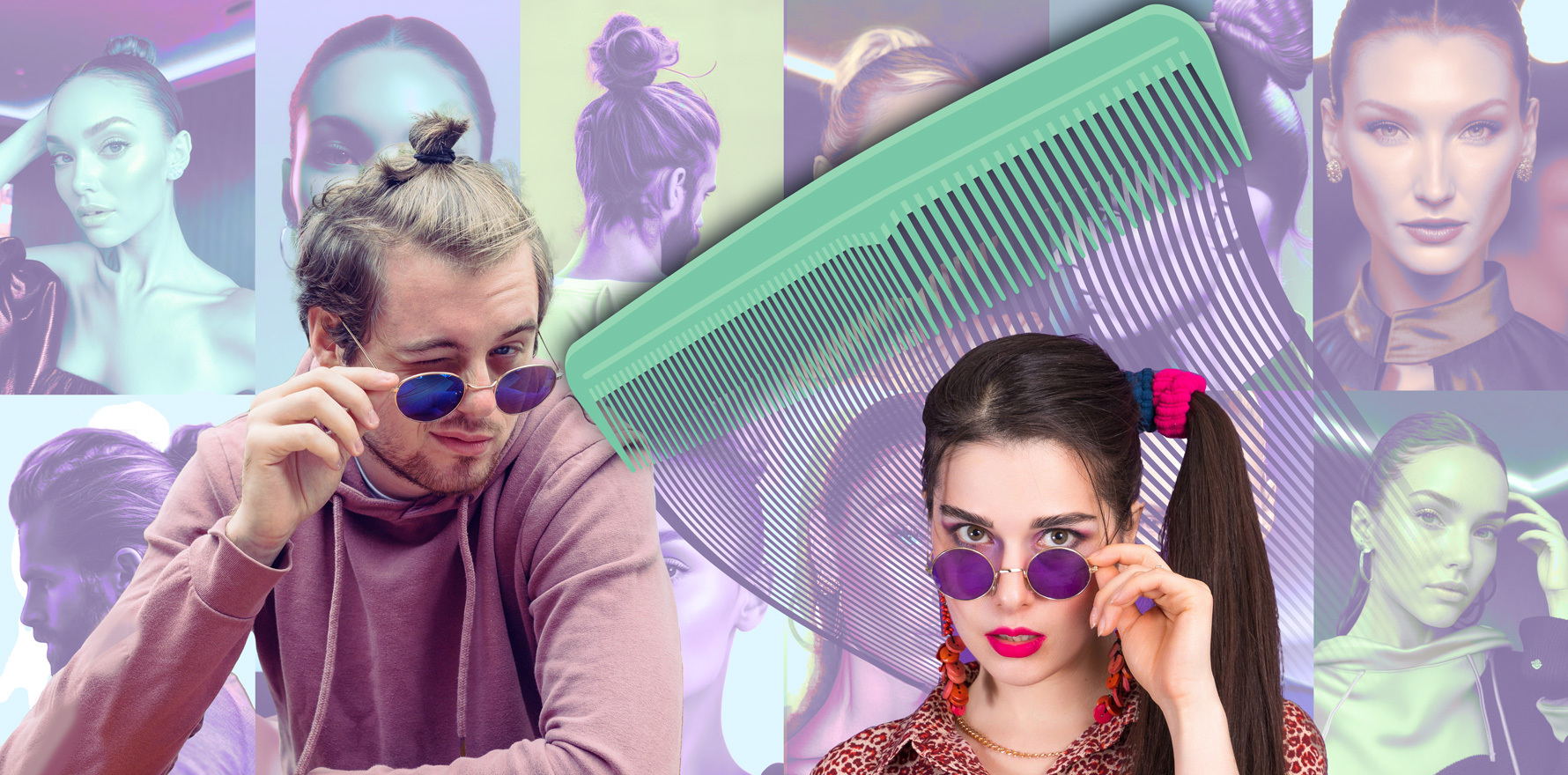Doctors are seeing more cases in traditionally unaffected populations.
Watch out, tight ponytail and manbun wearers – your hairstyle choices could eventually come back to bite you.
Speaking to delegates at the Annual Scientific Meeting of the Australasian College of Dermatology in Sydney earlier this year, Perth-based dermatologist Dr Ahmed Kazmi playfully blamed pop princess Ariana Grande and hipsters for rising instances of traction alopecia in Caucasian patients.
Traction alopecia refers to hair loss caused by repeated or extended tension on the hair. The condition was independently identified and described throughout the 20th century by dermatologists in Greenland, Japan and France but has most commonly been associated in women of African descent.
Braids, cornrows, dreadlocks and ponytails have all been deemed “traumatic hair styles” and linked to traction alopecia. The use of hair weaves/extensions, glues and nighttime hair wraps have also been suggested to contribute to the hair loss associated with traction alopecia.
Traction alopecia can also be observed in many culturally specific contexts. For example, Sikh boys and men wearing their hair in a patka or turban, Muslim women wearing a hijab and Orthodox Jewish women wearing a sheitel or bonnet.
Research suggests the chronic traction caused by high-tension hairstyles and certain kinds of headwear or hair care regimens affect the dermal papilla, a small niche in the hair bulb containing epithelial progenitor cells required for hair growth, resulting in hair loss.
Hair loss may initially be mild, with minimal thinning in the frontal hairline. Patients may experience tenderness or pain where hair loss occurs, with acne-like pimples and bumps forming in high-tension areas.
Traction alopecia can be prevented if tension-related hairstyles are quickly ceased when hair loss is first noticed. While there are no FDA- or TGA-approved treatments for traction alopecia, corticosteroids (topical or injected) and minoxidil (topical or oral) can be used as early-stage treatment.
The preventable nature of the condition highlights the importance of educating people about the risks of high-tension hairstyles and promoting regular (i.e., monthly) self-monitoring for signs of early hair loss.
More severe cases of traction alopecia involving permanent scarring is typically less responsive to medical treatment and may require hair transplantation or other types of restoration surgery.


